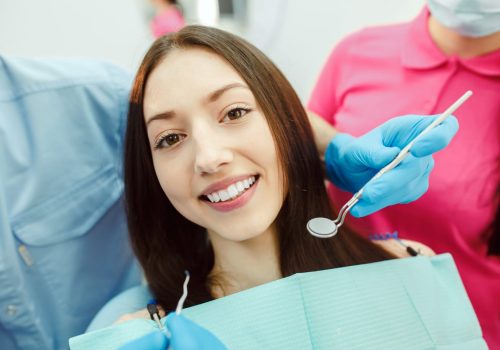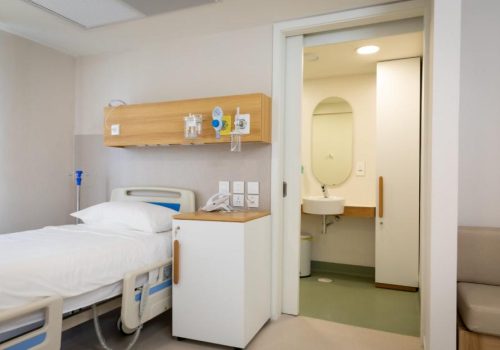Understanding Varicose Veins: Symptoms and Causes, and Treatment Options
Varicose veins are a common condition that affects many people, especially women. They occur when the veins in your legs become enlarged and twisted, making them bulge out from under the skin. Although they are usually harmless, they can be unsightly and cause discomfort. This article will explore the symptoms and causes of varicose veins, as well as the various treatment options available.
Symptoms of Varicose Veins
The most obvious symptom of spider veins is the appearance of bulging, twisted veins on the legs. However, there are other symptoms that you may experience, including:
- Aching or heaviness in the legs, especially after prolonged standing or sitting.
- Swelling in the legs.
- Itching or burning around the veins.
- Skin discolouration around the affected veins.
- Cramping in the legs, especially at night.
If you experience any of these symptoms, it’s important to see a doctor for a proper diagnosis.
Causes of Varicose Veins
There are several factors that can contribute to the development of varicose veins. These include:
- Age: As you get older, your veins can weaken and become less elastic, making them more prone to bulging.
- Genetics: If your parents or other close relatives have varicose veins, you may be more likely to develop them too.
- Gender: Women are more likely than men to develop varicose veins, possibly due to hormonal changes during pregnancy and menopause.
- Pregnancy: The weight of the growing fetus can put pressure on the veins in the legs, leading to varicose veins.
- Obesity: Being overweight or obese can put extra pressure on your veins, making them more likely to bulge.

Treatment Options for Varicose Veins
If you have varicose veins, there are several treatment options available. These include:
- Compression stockings: These special stockings apply pressure to the legs, helping to improve circulation and reduce swelling.
- Sclerotherapy: This treatment involves injecting a solution directly into the affected vein, causing it to collapse and eventually disappear.
- Endovenous laser treatment: This minimally invasive procedure uses a vein laser to close off the affected vein, redirecting blood flow to healthier veins.
- Vein stripping: This surgical procedure involves removing the affected vein through small incisions in the skin.
Conclusion
Varicose veins can be a frustrating and uncomfortable condition, but there are several treatment options available to help alleviate symptoms and improve the appearance of your legs. If you’re experiencing symptoms of spider veins, be sure to speak with your doctor to determine the best course of treatment for your individual needs.





